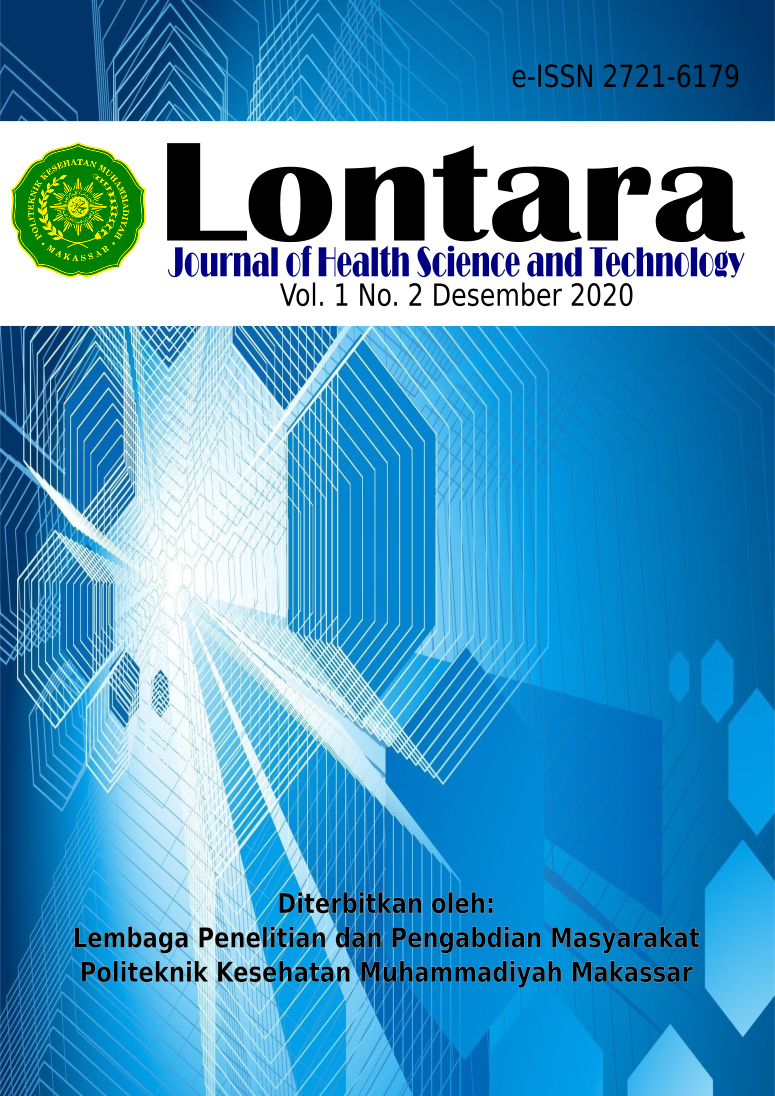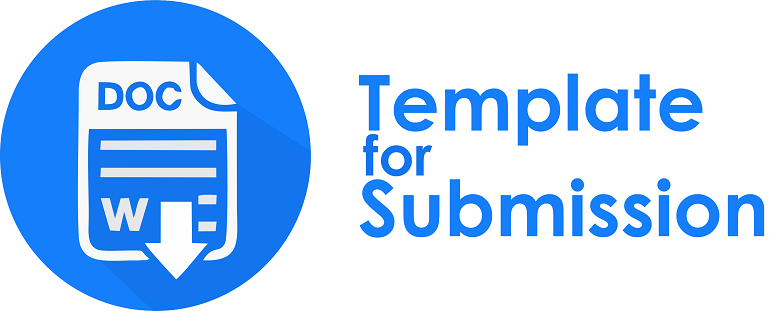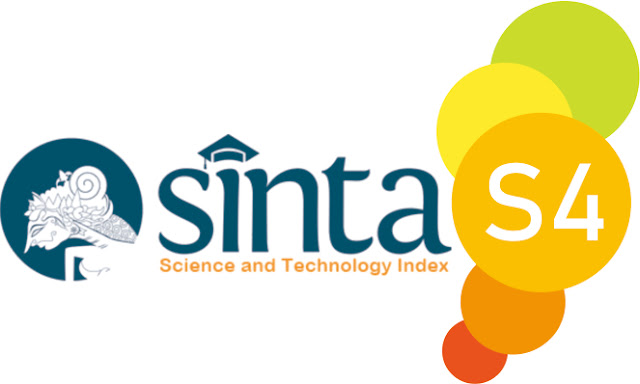Analisa Keakuratan Kadar Glukosa Darah Menggunakan Clarke-Error Grid Analisis pada Alat Ukur Non-invasive menggunakan Sensor Photoacoustic
DOI:
https://doi.org/10.53861/lontarariset.v1i2.80Abstract
Blood glucose is a very important element in the human body, but if it is deficient or excessive, it can cause chronic disease that can lead to death. To prevent this, it is necessary to monitor cholesterol and blood glucose levels regularly, at this time the tool for measuring blood glucose levels is still an invasive method by taking a blood sample at the fingertip by injuring it. This study aims to develop a non-invasive blood glucose measuring device using a Photoacoustic Spectroscopy sensor in the range of values from a laser pulse source (? = 650 nm) which can detect glucose signals in the blood. The method of developing this research is by designing a non-invasive measuring instrument and measuring blood glucose levels in male and female participants to create a linearity equation between blood glucose levels and the output voltage from the sensor, then mathematically obtained a polynominal equation to convert the voltage to values. blood glucose level. Validation of measuring instruments designed by comparing invasive measuring instruments as a reference, using the Clarke EGA to determine accuracy based on the classification of values of blood glucose and blood cholesterol levels based on reference. The results of the Clarke EGA analysis show that all measurement data is in Zone A so that the measuring instrument with a photoacoustic sensor can be accepted.
Downloads
Downloads
Published
How to Cite
Issue
Section
License
Lontara Journal Of Health Science And Technology is licensed under Creative Commons.
The journal allows the author to hold the copyright of the article without restrictions.
The journal allows the author(s) to retain publishing rights without restrictions.
The legal formal aspect of journal publication accessibility refers to Creative Commons Attribution 4.0 International (CC BY 4.0).
The Creative Commons Attribution 4.0 International (CC BY 4.0) license allows re-distribution and re-use of a licensed work on the conditions that the creator is appropriately credited and that any derivative work is made available under “the same, similar or a compatible license”. Other than the conditions mentioned above, the editorial board is not responsible for copyright violations.











